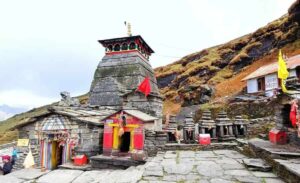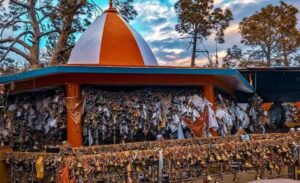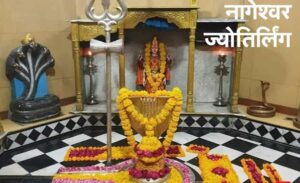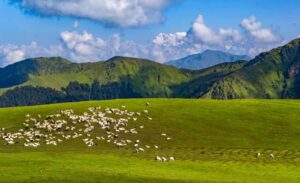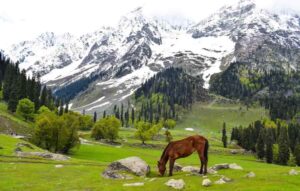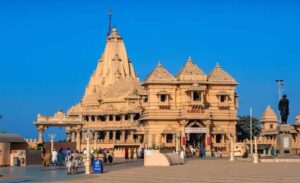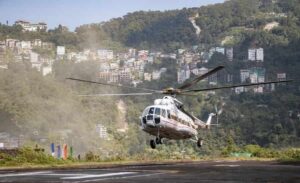Best Time To Visit Tungnath
Tungnath, nestled in the Garhwal Himalayan range in the state of Uttarakhand, India, is renowned for being the highest Shiva temple in the world. Pilgrims, trekkers, and nature enthusiasts alike are drawn to Tungnath not only for its religious significance but also for its breathtaking scenic beauty and trekking opportunities. Choosing the right time to visit Tungnath is crucial to ensure a pleasant and safe experience. In this comprehensive guide, we will explore the weather and seasons of Tungnath, providing detailed information to help you plan your visit effectively.
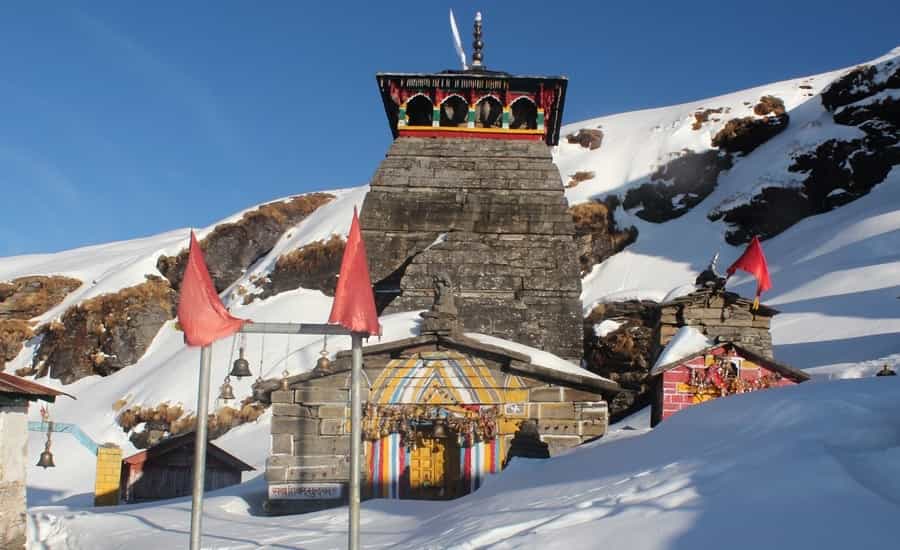
Best Time to Visit Tungnath
The best time to visit Tungnath largely depends on your preferences and the type of experience you seek. The two primary factors to consider are the weather and the seasons.
Summer (May to June)
The summer months are considered the most favorable time to visit Tungnath. During this period, the weather is relatively mild, with daytime temperatures ranging from 10°C to 25°C (50°F to 77°F). The snow starts melting, revealing lush green landscapes and vibrant flowers. The trekking routes are generally open, making it an ideal time for both religious pilgrims and adventure enthusiasts.
Monsoon (July to September)
The monsoon season brings heavy rainfall to the region, making it less suitable for travel. Landslides and slippery trekking paths are common during this time, posing risks to trekkers. Pilgrims are advised to avoid visiting Tungnath during the monsoon months due to safety concerns.
Autumn (October to November)
Autumn is another excellent time to visit Tungnath. The weather remains clear, and the temperatures start dropping, especially in November. The landscape is adorned with hues of golden and brown as the foliage changes color. The views of the surrounding peaks are stunning, and the trekking routes are still accessible.
Winter (December to April)
Winter transforms Tungnath into a winter wonderland, with snow-covered landscapes and a serene ambiance. However, visiting during winter is recommended only for experienced trekkers and those prepared for extremely cold conditions. The temple is usually closed during these months due to heavy snowfall, and the trekking trails may be challenging.
Weather Conditions at Tungnath
Understanding the weather conditions is crucial for planning a successful trip to Tungnath. Here is a detailed breakdown of the weather throughout the year:
Summer Weather (May to June)
- Daytime Temperature: 10°C to 25°C (50°F to 77°F)
- Nighttime Temperature: 5°C to 15°C (41°F to 59°F)
- Pleasant weather, ideal for trekking and pilgrimage
- Clear skies and panoramic views
Monsoon Weather (July to September)
- Daytime Temperature: 10°C to 20°C (50°F to 68°F)
- Nighttime Temperature: 5°C to 15°C (41°F to 59°F)
- Heavy rainfall, increasing the risk of landslides
- Trekking routes may be slippery and dangerous
Autumn Weather (October to November)
- Daytime Temperature: 5°C to 15°C (41°F to 59°F)
- Nighttime Temperature: 0°C to 10°C (32°F to 50°F)
- Clear skies, cool temperatures, and changing foliage
- Ideal for trekking and enjoying the scenic beauty
Winter Weather (December to April)
- Daytime Temperature: -5°C to 5°C (23°F to 41°F)
- Nighttime Temperature: -10°C to 0°C (14°F to 32°F)
- Heavy snowfall, making trekking challenging
- Limited accessibility, suitable for experienced trekkers
Special Considerations:
Trekking Preparations
Regardless of the season, proper trekking preparations are essential. Ensure you have suitable clothing, sturdy trekking shoes, and necessary equipment. Check the status of the trekking trails before planning your visit.
Altitude Sickness
Tungnath is situated at a high altitude, and visitors may experience symptoms of altitude sickness. Acclimatize properly, stay hydrated, and consider consulting a healthcare professional before embarking on the journey.
Temple Timings
- Timings : 6:00 AM – 7:00 PM
If your visit is primarily for religious purposes, be aware of the temple timings. The opening and closing times may vary, especially during winter when the temple is usually closed.
Conclusion
Tungnath, with its spiritual significance and stunning natural beauty, offers a unique experience to travelers. Choosing the best time to visit depends on your preferences and the type of adventure you seek. Whether you prefer the vibrant colors of summer, the tranquility of autumn, or the snow-covered landscapes of winter, Tungnath has something to offer throughout the year. Plan your trip wisely, considering the weather conditions and seasons, to ensure a memorable and safe experience in this Himalayan gem.
Also Reads on:

